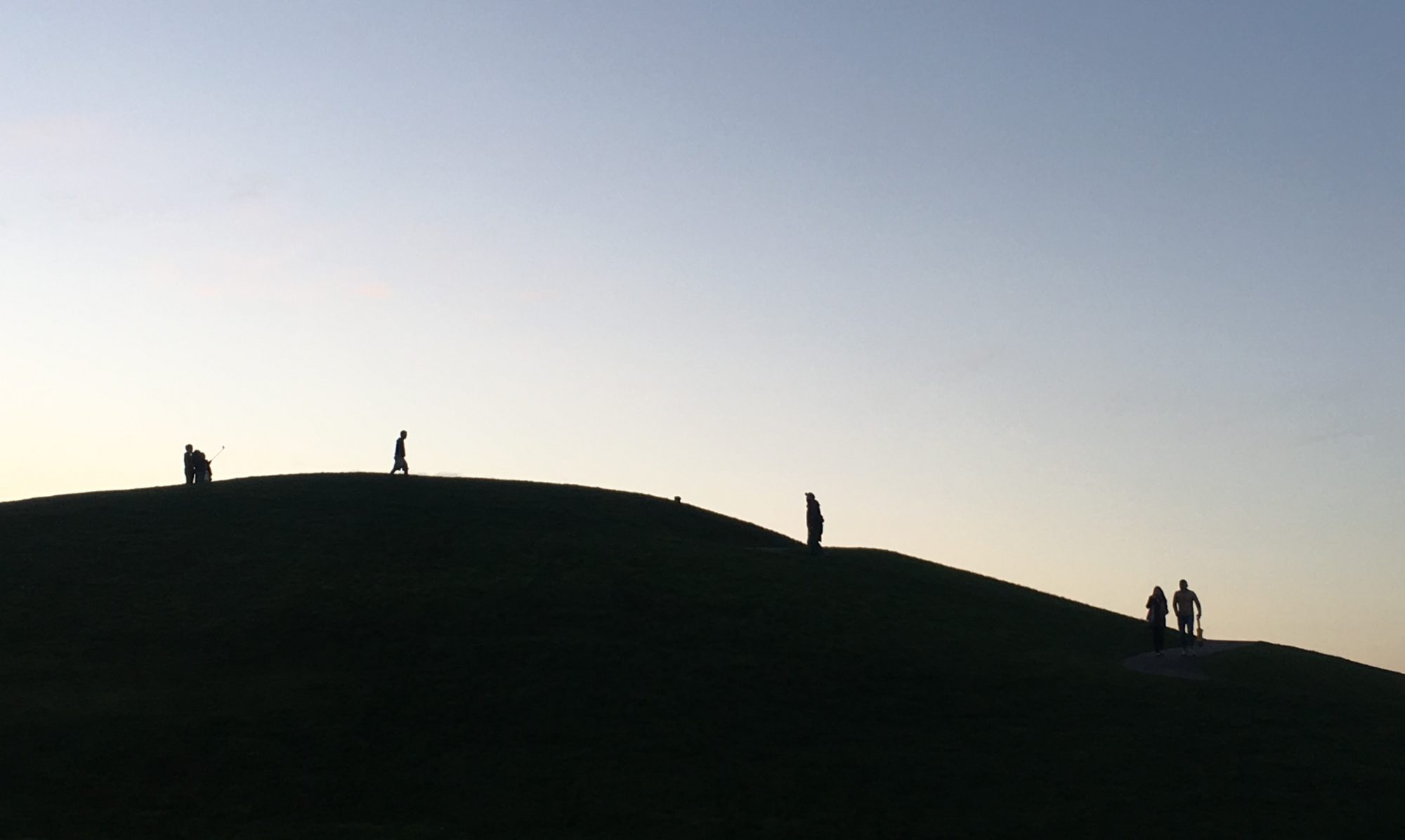In a series of lectures given sixty years ago, Frank Kermode spoke of the connection between the stories we tell to understand our world and our conception of the nature of time, and how the structure of our fictions tends to mirror the structures we believe to be fact. Some cultures view time as a series of repeating patterns, whereas others, notably the Western tradition influenced by Jewish and Christian thought, view time as having a definite beginning, middle, and end. The Bible starts in a garden and ends in a city: the creation myth and the prophesy of the apocalypse are the twin narrative devices that have given our culture its strong underlying sense of progress, from time’s start to its finish.
The theory that history is heading towards a terminal crisis, does not fit comfortably with the modern scientific perspective. While the universe might have started with an intense bang and might be moving towards a uniformly entropic collapse, these moments are unimaginably remote from us in time and cannot provide a suitable frame of reference by which to understand our history: they might constitute a beginning and an end, but they are not our beginning or our end. Having discovered a few hundred years ago that our planet is not the centre of its own solar system, we are slowly coming to terms with the knowledge that our history is not central to the story of the universe: is meaningful for us, but marginal in the wider context.
Continue reading “A modest acceleration in the rate of gradual change”